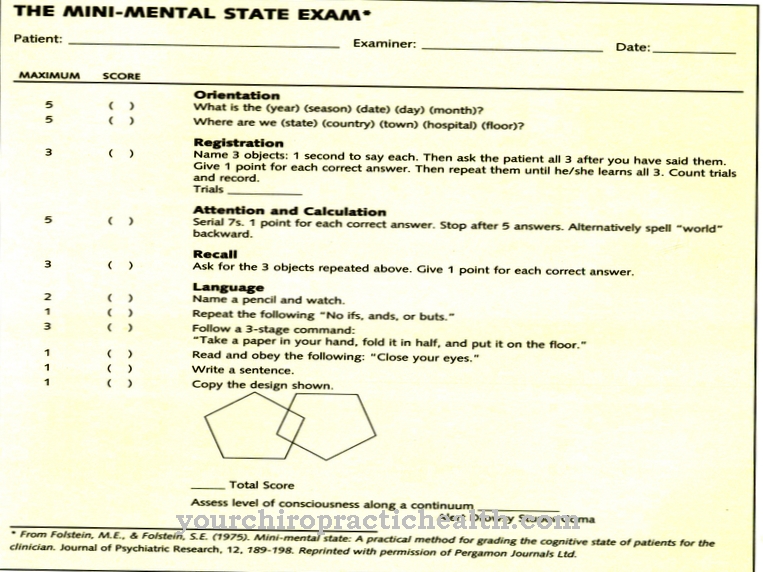The Therapeutic riding is not a uniform term, but comprises various forms of therapy that all have one thing in common, namely to include a horse in the treatment of certain complaints.
Therapeutic riding can therefore be both hippotherapy as physiotherapy, curative educational riding and curative educational vaulting, but also in the area of therapeutic support with the horse, a psychotherapeutic, occupational or speech therapy form of therapy.
What is therapeutic riding?
Depending on whether therapeutic riding is about hippotherapy, curative educational riding or curative educational vaulting, or one of the forms of therapy involving support with the horse, different aspects and characteristics that horses bring with them play a role.
Horses are very sensitive beings and reflect the behavior of the people who deal with them. If psychological aspects are more important in therapeutic riding, this characteristic of the therapy horses is particularly important. If it is more about the physical aspects of therapeutic riding, then it is more the vibrations that are transmitted from the horse's back to the rider's spine that have a positive effect on the muscles and the entire musculoskeletal system of the patient.
Depending on the type of therapeutic riding offered, the riding therapists have different training paths behind them. Social pedagogues, pedagogues or educators with the additional riding qualification therefore have a different qualification than curative pedagogues with the additional riding qualification. The training and character of the therapy horses are also important. Therapy horses are usually patient and calm, but they are also particularly friendly and sensitive.
Function, effect & goals
Which methods are used in therapeutic riding depends on the goals of this form of treatment. In hippotherapy, the focus is on the treatment of movement disorders. Often it is spastic paralysis or other forms of paralysis that are treated by therapeutic riding.
In this case, the riding therapist always has basic training as curative educators and has also been qualified in relation to riding and handling the horse. By riding, patients get a better feeling for the core of their body. Muscles that are too slack can relax better, and muscles that are too tense can relax. The riding therapy also improves the sense of balance. Completely different goals are pursued in therapeutic horse riding and vaulting. This form of therapy is about promoting the social and psychological competence of the patient. Not only riding or vaulting are important in this form of therapy, but also dealing with the horse or contact in the therapy group.
In this case, the horse as a medium challenges all of the patient's senses, namely emotionally, physically, mentally and socially. The close relationship with the therapy horse is very important in this form of therapy. It starts with grooming and caring for the therapy horse. The patient learns to deal with the horse, experiences deep emotional feelings that promote personality development, but also experiences successes in riding or vaulting through the physical challenge and in turn experiences social challenges and successes in dealing with the therapist or the other members of the group . Advanced members in such a group can gain a lot of self-confidence in equestrian games, trail rides, cross-country rides or show presentations and are thus sustainably promoted in their personal development.
It is important that the individual situation is always taken into account in the therapy plan. Special forms of therapy that have developed from this over time are occupational therapy, speech therapy and psychotherapeutic support with the horse, in which the individual problems of the patient can also be solved through handling the horse. The nature of the therapy horses that are used in therapeutic riding is mostly based on the individual problems or progress of the patient.
It is usually not a matter of riding ability. This is why therapy horses are usually particularly calm and patient and react particularly sensitively to their riders. In the case of advanced patients, however, it can also make sense to offer more spirited animals with ambition, with which the desired successes in competition can be easily achieved, which has a positive effect on the patient's self-confidence.
You can find your medication here
➔ Medicines to calm down and strengthen nervesRisks, side effects & dangers
Horses that are used for therapeutic riding are always well insured in the event of an accident. However, even the best insurance cannot prevent an accident from occurring in this sport, which can also have consequences. Horses are living beings and as such are not always predictable.
Even a very calm horse can be frightened and therefore move uncontrollably. For example, when riding or vaulting, you can fall off your horse. Due to the special training of the therapy horses, however, this is very rarely the case. It is the same when dealing with the horse. Even with great care on the part of the therapists and very calm animals, a therapy horse can even be frightened when leading from the pasture or the stable to the riding arena or into the riding hall and back, as well as when grooming. The positive aspects usually predominate in this form of therapy. Nevertheless, the possibility of an accident should be considered.













.jpg)

.jpg)
.jpg)











.jpg)